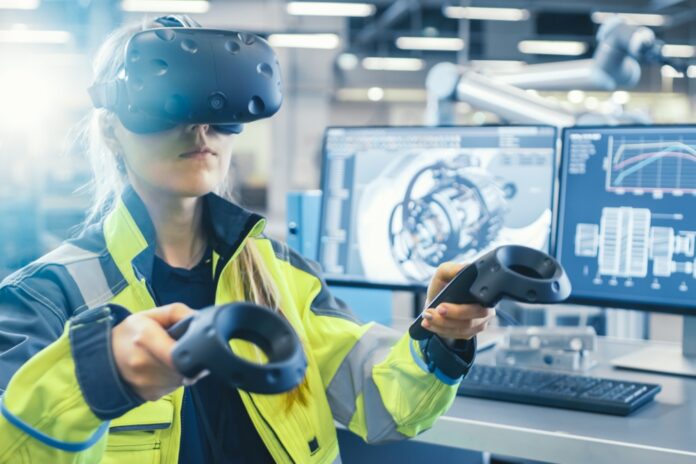The manufacturer, Hyperbat, is working on a proof of concept with BT, Ericsson, NVIDIA, Qualcomm and others to embrace Industry 4.0 practices.
Hyperbat is one of the UK’s largest independent manufacturers of vehicle batteries, based at Unipart Manufacturing in Coventry in the English Midlands.
The approach uses 5G-enabled technology to speed up the manufacturing process for hybrid and electric vehicle production using what is claimed to the world’s first virtual reality-enabled digital twin.
Deployment of the prototype solution should be completed in May and prelimanary results are expected two months after that. The team at Hyperbat expects the approach will transform operations which involve a lot of manual processes currently.
Virtual 3D engineering model
This allows teams in different parts of the country to collaborate and interact via a virtual 3D engineering model.
The solution comprises 5G connectivity, integrated by Ericsson’s D-15 Lab in Santa Clara, California, so Hyperbat can deliver engineering projects at scale.
The team claims this will allow teams to build products more efficiency within manufacturing processes, and remove complexities between product management systems, supply chain and factory operations.
The 5G VR digital twin solution will be deployed by BT and Ericsson on a 5G mobile private network, using a “world first” 5G VR headset powered by the Qualcomm Snapdragon XR2 Platform.
Headset in the clouds
The VR headset runs on the Masters of Pie Radical platform, enabling Hyperbat to use cloud-based VR within computer-aided design (CAD) software.
Using edge compute, the solution includes hardware and software from NVIDIA to integrate into with existing factory floor operations
Qualcomm’s VR headset incorporates split rendering where all the perception-based data is held locally on the device, but the computing is handled in the cloud and streamed by the NVIDIA CloudXR and NVIDIA RTX Virtual Workstation (vWS) solutions.
The solution offers untethered, native 5G that supports design and engineering teams to walk around and interact with a 3D life-size model in real time through a single self-contained device, and without the constraints of a physical connection.
The idea is that Hyperbat employees will be able to work in different locations with a 1:1 product scale hologram of the design in-situ on the factory floor, review designs in real time, and better manage workflows.
Details of the proposed solution were unveiled at the NVIDIA GPU Technology Conference (GTC).
Collaborative and mobile
Hosein Torabmostaedi, Unipart Manufacturing Digital and Innovation Manager said, ‘‘The solution is mainly targeted at collaborative mobile workforce with the use of 5G-native headsets and seamless integration of design and manufacturing systems with the digital twin technologies.
“Hyperbat also hopes to [extend the solution to] 5G connectivity for machines to enable configurable and flexible production lines.”




